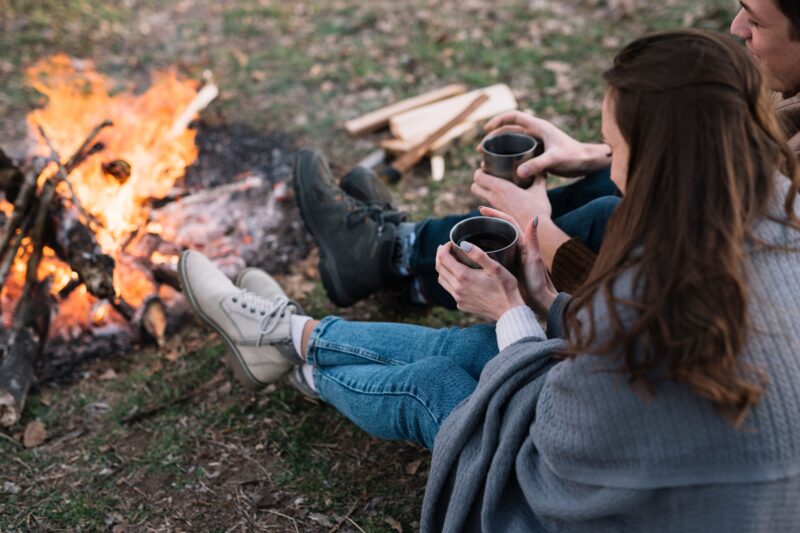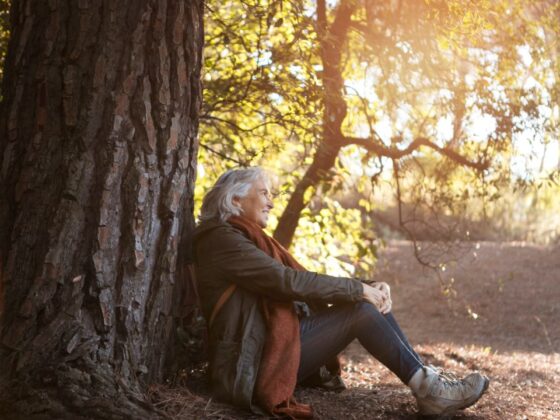Wildlife photography is a captivating art form that allows you to capture the beauty, grace, and power of the natural world. Whether you’re an avid camper or simply someone who appreciates the great outdoors, incorporating wildlife photography into your adventures can be a rewarding and enriching experience. In this comprehensive guide, we’ll explore the essential gear, brief wildlife photowalk tips and techniques, and ethical considerations that will help you take your wildlife photography to the next level.
Essential Gear for Wildlife Photography
Capturing stunning wildlife shots requires the right equipment. Beyond the gear you may have gotten from Front Runner and the like, you also need adequate gear for wildlife photography. As a camping enthusiast, you’ll want to ensure that your gear is lightweight, durable, and easy to transport. Here are some essential items to consider:
- Camera: Opt for a DSLR or mirrorless camera with a high-quality sensor and interchangeable lenses. Look for models with advanced features like fast autofocus and high-speed burst shooting.
- Telephoto Lens: A long telephoto lens, such as a 200mm or 300mm lens, will allow you to capture detailed, close-up shots of wildlife from a safe distance.
- Tripod: A sturdy tripod is a must-have for wildlife photography, as it will help stabilize your camera and ensure sharp, blur-free images.
- Memory Cards: Invest in high-capacity, high-speed memory cards to store your wildlife captures. You’ll be taking a lot of photos, so having ample storage is essential.
- Spare Batteries: Bring extra camera batteries to ensure you have enough power to last throughout your camping excursions.
- Protective Gear: Consider using a camouflage lens cover or clothing to blend in with your surroundings and avoid startling the wildlife.
Tips for Choosing the Right Camera Settings
Capturing the perfect wildlife shot requires a keen understanding of your camera’s settings. Here are some tips to help you get the most out of your gear:
- Shutter Speed: Use a fast shutter speed, typically 1/500th of a second or faster, to freeze the action and prevent blurry images.
- Aperture: Adjust the aperture to control the depth of field. A wider aperture (lower f-number) will create a blurred background, allowing your subject to stand out.
- ISO: Increase the ISO sensitivity to capture well-exposed images in low-light conditions, but be mindful of noise and grain.
- Focus: Utilize your camera’s autofocus system, and consider using continuous or predictive autofocus to track moving subjects.
- Exposure Compensation: Adjust the exposure compensation to compensate for the bright or dark backgrounds that can often fool your camera’s metering system.
Techniques for Capturing Stunning Wildlife Shots
Mastering the art of wildlife photography requires a combination of technical skills and creative vision. Here are some techniques to help you capture awe-inspiring wildlife images:
- Patience and Observation: Wildlife photography often requires a great deal of patience and keen observation. Take the time to study your subjects and anticipate their movements.
- Composition: Pay attention to the framing and positioning of your subjects within the frame. Use the rule of thirds, leading lines, and other compositional techniques to create visually compelling images.
- Lighting: Utilize natural lighting to your advantage, shooting during the golden hour (the first and last hour of daylight) for the most flattering and dramatic lighting.
- Perspective: Experiment with different angles and perspectives to capture unique and unexpected shots. Get low to the ground or use a high vantage point to change the viewer’s perspective.
- Storytelling: Look for opportunities to capture images that convey a narrative or emotion, such as a mother and her young, or a hunting predator.
Wildlife Photography Ethics and Conservation
As wildlife photographers, it’s essential to prioritize the well-being and conservation of the animals we photograph. Here are some ethical guidelines to consider:
- Respect the Animals: Avoid disturbing or interfering with the natural behavior of the wildlife you’re photographing. Keep a safe distance and do not approach or feed the animals.
- Minimize Impact: Be mindful of your impact on the environment and the animals’ habitats. Stick to designated trails, avoid littering, and leave no trace.
- Support Conservation Efforts: Consider donating or volunteering with organizations that work to protect wildlife and their ecosystems.
- Educate and Inspire: Use your photography to raise awareness and inspire others to appreciate and protect the natural world.
Safety Tips for Photographing Wild Animals
While wildlife photography can be an exhilarating experience, it’s crucial to prioritize your safety and the safety of the animals. Here are some tips to keep in mind:
- Research the Area: Familiarize yourself with the local wildlife and any potential hazards in the area before embarking on your photography adventure.
- Maintain a Safe Distance: Always keep a safe distance from the animals, respecting their personal space and natural behaviors.
- Be Aware of Your Surroundings: Stay alert and be mindful of your surroundings, as wild animals can be unpredictable and potentially dangerous.
- Carry Appropriate Gear: Bring items like bear spray, a whistle, or a personal locator beacon to help ensure your safety in remote areas.
- Follow Local Regulations: Familiarize yourself with and adhere to any local regulations or guidelines regarding wildlife photography and interactions.
Bottomline: Take Your Wildlife Photography to the Next Level with These Tips
By incorporating these wildlife photography tips into your camping adventures, you’ll be well on your way to capturing stunning, awe-inspiring images that celebrate the beauty and wonder of the natural world. Remember always to prioritize the safety and well-being of the animals, and use your photography as a tool to inspire others and support conservation efforts. Happy camping and happy shooting!



